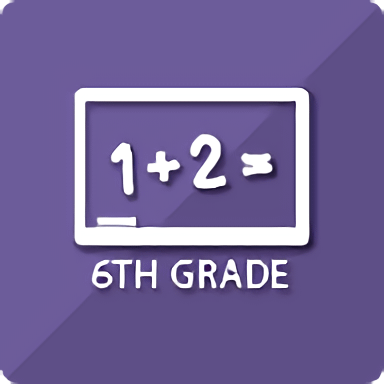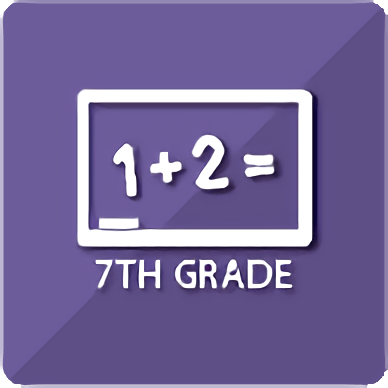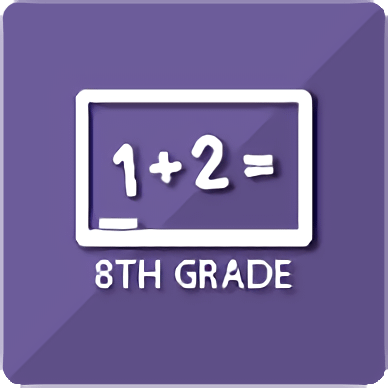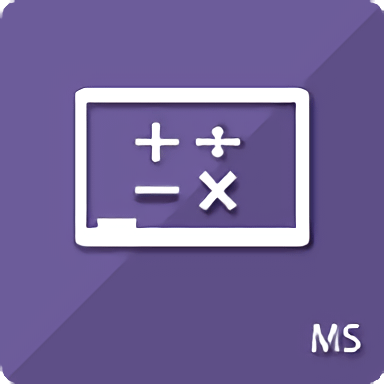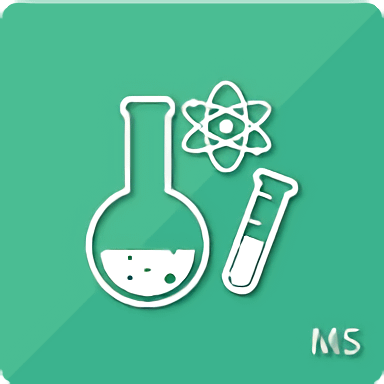Mathematics 6th Grade (2nd semester)
$250.00Course Description
Students learn how to find the prime factors of composite numbers, then apply this ability to work with fractions. They use ratios and rates in a number of applications: converting between English and metric measurements, determining unit rates, and finding unit prices. To build a foundation for learning algebra, students study the properties of addition and multiplication and the order of operations. Students then apply these concepts as they write, evaluate, and factor algebraic expressions. After they learn to solve single-variable one- and two-step equations and inequalities, students extend their knowledge by graphing the solutions on number lines and the coordinate plane. The exploration of two dimensions continues as students work with plane polygons, classify shapes, and solve for shapes’ perimeters and areas. Students learn to transform two-dimensional figures by translating, rotating, and reflecting both figures and graphs of equations, then move on to solid figures. Finally, students delve into statistics as they identify, interpret, and construct various data; solve for and interpret measures of center including mean, median, and mode; and use those measures to analyze data and construct appropriate data displays, which they can apply to a wide range of situations in other subject areas.
Course Breakdown
Proportions
Linear equations
Linear inequalities
Compound inequalities
Coordinate plane
Tables and graphs
Graphing linear equations
Perimeter and area
Quadrilaterals and triangles
Polygons and complex figures
Areas of figures on the coordinate plane
Translations, reflections, and rotations Solid figures and nets
Surface area and volume
Data collection
Data displays
Data distributions
Mean, median, and mode
Range and measures of center
Five-number summary
Analyzing, applying, and interpreting data
Course Goals
Simplify and graph compound inequalities.
Model linear equations with graphs.
Identify the perimeters and areas of geometric shapes.
Perform transformations on figures in the coordinate plane. Calculate the surface areas and volumes of three-dimensional figures.
Create statistical models of data.
Analyze and interpret graphs to learn key information.
Identify important statistical components of data sets.


